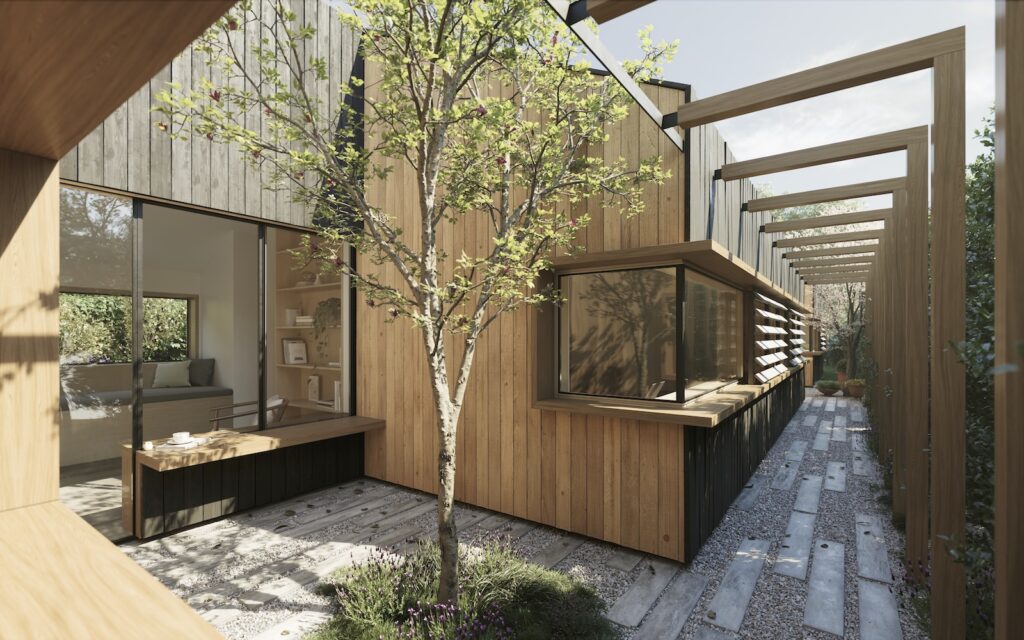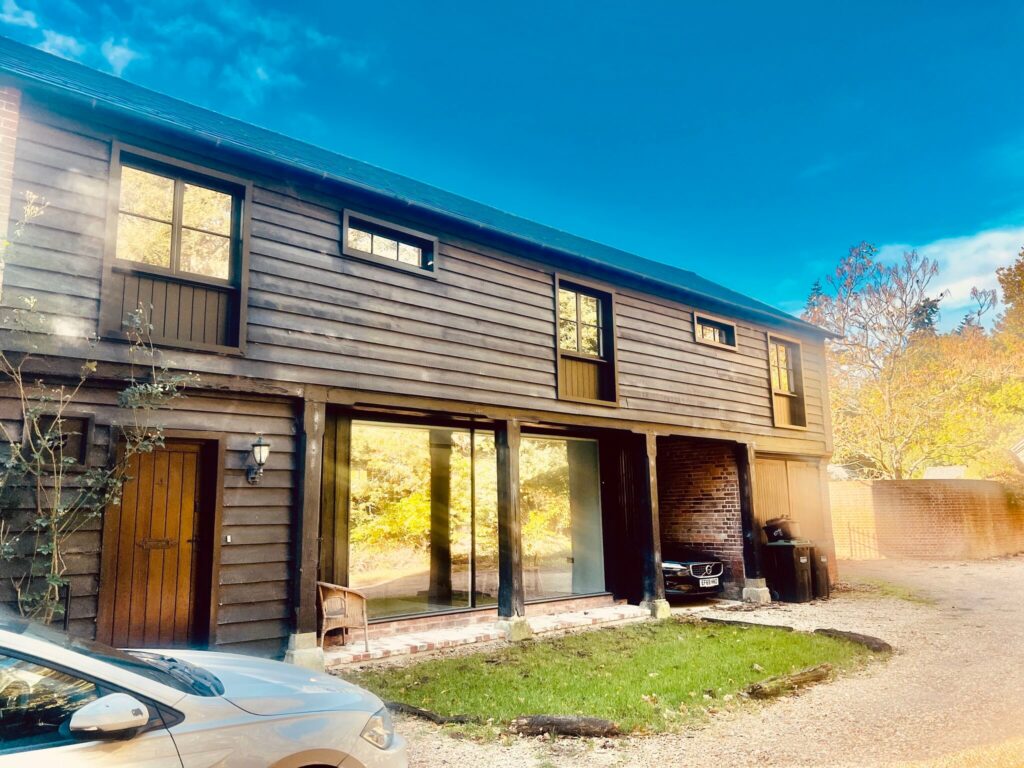In this month’s update we have put together some frequently asked questions to help explain the SIPs build system following the onsite success at our Courtyard House project, we are celebrating our shortlist in the Build It Awards, and have an update from The Granary.
To keep in touch with our news, you can sign up to the practice updates here.
FAQs about SIPs
We often get asked questions from our clients about SIP’s as a potential method for building. To help you get a better idea about the benefits of this system, we have answered a few of the most frequently asked questions; including what are the benefits, what are the disadvantages, and is the system cheaper to build with.
Award Success
Our Brockenhurst House has been shortlisted in this year’s Build It Awards, in the ‘Best Architect or Designer for a Conservation or Renovation Project’. The annual industry awards that celebrate the most inspiring architectural projects and inventive products in the self-build sector, judged by industry leaders.
Brockenhurst House exemplifies how thoughtful, design-led architecture can elevate everyday living. What began as a tired 1970s chalet-style property has been transformed into a refined, low-carbon contemporary home, designed to support its owners’ evolving needs while treading lightly on the planet.
Full project details can be found here.
The Granary update
It was great to see such positive progress on site at The Granary, our heritage project in the New Forest National Park set within the curtilage of a listed building.
The project has thoughtfully designed a scheme which converts and infills an existing open carport space on the ground floor aspect of the building, providing an additional bedroom on the first floor and extending the living accommodation on the ground floor.
The project is so close to completion, we cannot wait to share some professional photos with you soon. You can find full project details here.


